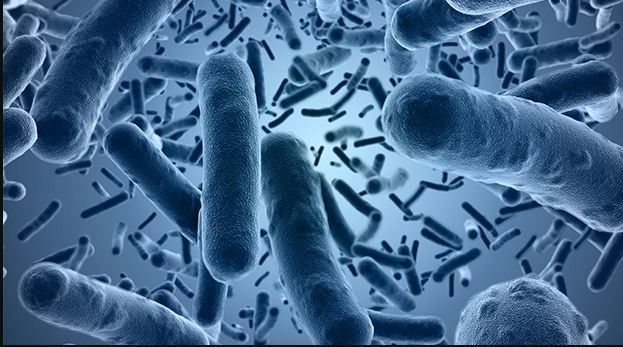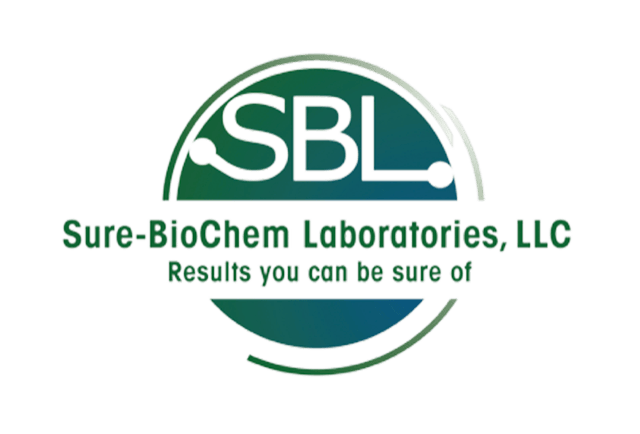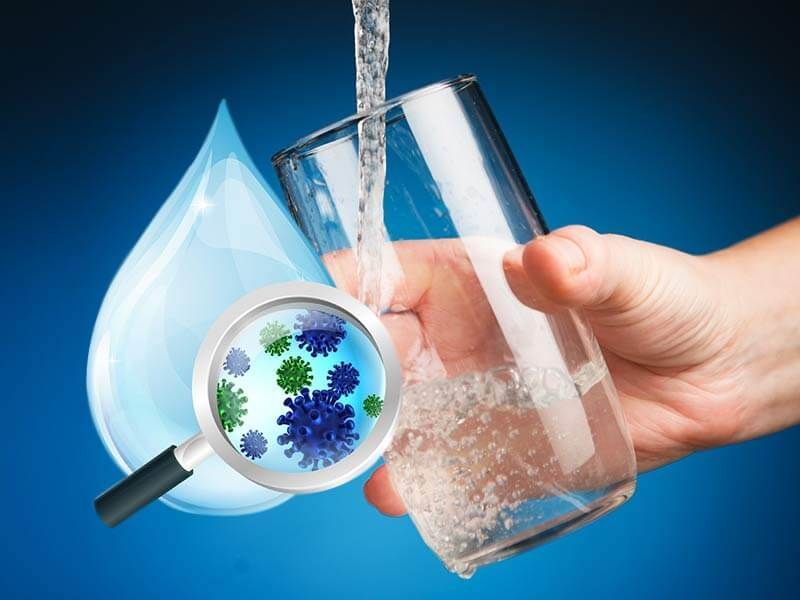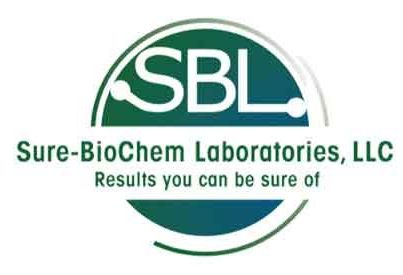What Are The Different Types Of Cleanrooms?

Cleanrooms are manufacturing spaces that must be maintained to a vigorous sanitation standard. There are many industries beholden to cleanroom guidelines: food, pharmaceuticals, cosmetics, and even tech.
The idea is to protect the consumer and the products themselves by maintaining precise, sterile conditions. These
guidelines
monitor activity at the microbial level, demanding a level of purity that cannot be maintained without the strictest adherence to outlined procedure. In this article, we talk about the various cleanroom types, and how they can be adequately maintained.
Important Factors Of A Cleanroom
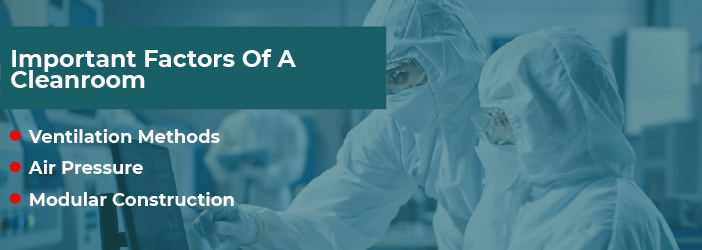
Cleanroom standards dictate everything from air quality, to surface contamination. However, humans are ultimately the biggest variable in any production environment. For that reason, cleanroom types always have strict guidelines for human behavior, detailing everything from what they can wear, to how they must sanitize their hands.
Employees working within a cleanroom are routinely trained and evaluated to make sure they are adhering to strict guidelines. Routine competency checks are an important component of making sure everything is as it should be.
Ventilation Methods
Cleanrooms require more than just frequent robust cleanings. As one leading cleanroom manufacturer put it, "clean rooms are classified by how clean the air is." Air filtration must be implemented to keep out airborne contaminants. This is typically done in one of two ways: unidirectional flow and turbulently vented flow.
As the name suggests, unidirectional flow occurs when air currents are moved in a single direction—out of the workspace.
Turbulent (also called non-unidirectional air flow) works by keeping the air in a room in constant motion—thus disrupting microbial contamination particles and sharply reducing the potential for infections. The more the air moves, the harder it is for harmful particles to remain in the workstation. For that reason, cleanrooms usually have more active particles when at rest than they do during productivity phases.
Air Pressure
The desired air pressure in a room will vary based on cleanroom types, between positive and negative pressures. Because every industry has its own criteria to meet, it is very important the correct pressure is being applied. What’s right for one cleanroom could be very wrong for the next.
Air quality classifications (we will get into that more later on) are typically industry-specific. Highly sensitive products require sterile conditions while less delicate, non-consumable items can afford to be lax.
Modular Construction
The construction of a cleanroom is also varied, both by cleanroom types and by your budget. Depending on the circumstances, you can choose between hard wall and soft wall cleanrooms. Hard wall cleanrooms are usually permanent structures, while soft wall is temporary.
Hard Wall Cleanrooms vs Soft Wall Cleanrooms
Because hard wall cleanrooms are permanent, they typically cost more money and are thus favored in the context of long-term projects. Soft wall cleanrooms, on the other hand, can be taken down easily. They are more affordable to build and are often favored in shorter-term projects.
Cleanroom Classes
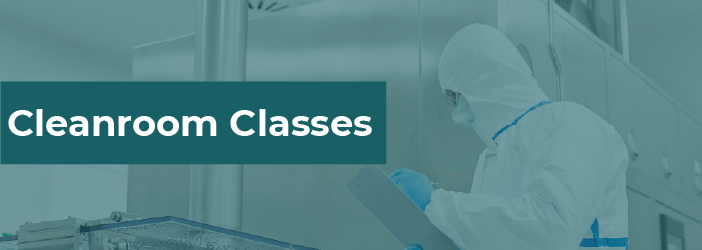
Cleanroom types are separated both by grade and classification. The standards for each grade and classification can change over time for various reasons. For example, in 2016 ISO standards were "updated to take into account the latest technological developments and market requirements."
Below we break the current classification system down.
Class 1
As American Cleanroom Systems reports, the official Class 1 cleanroom standard is "less than 2 particles greater than 0.3 microns and no particles greater than 1.0 microns per cubic meter.”
In simpler terms, this means only Class 1 cleanrooms must maintain near-perfect protection from potential contaminants.
Class 3
Class 3 allows for less than 1000 particles per cubic meter.
Class 5
Class 5 requires no more than 100 particles per cubic meter.
Class 7
A class 7 cleanroom requires fewer than 10,000 particles per cubic foot and allows for no fewer than 60 air changes per hour.
Class 9
Class 9 is the lowest cleanroom standard and can allow for up to 500,000 particles per cubic foot. This standard is applied only in situations where the association between contamination and physical risk is very low.
Cleanroom Classes - A-D
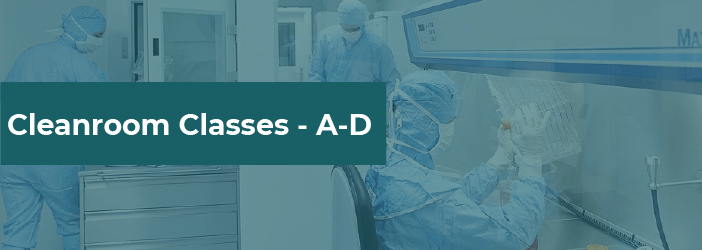
Further classifications come in the form of A-D ratings. These ratings often feature parallel considerations to those listed above but may have additional specifications that must be met as well.
Class A
Class A cleanroom types are used in high-risk scenarios. Here, the airflow is kept at 0.45 m/s at the working position to mitigate the potential risk of harmful contamination.
Class B
Class B has the operative equivalency of Class 7—which is to say that it can allow for fewer than 10,000 particles during active duty. When not in operation, the number of allowable particles shrinks to 3250.
Class C
Class C is one of the more laxer standards, applied to non-consumables like computer chips, that must maintain high cleanliness standards for operational purposes, but not human safety risks.
Here, the standard is that of Class 7—allowing for fewer than 10,000 particles during activity, and 3250 when at rest.
Class D
Class D is what the industry refers to as a non-classified type. That’s to say that there is no particle operational standard. When the room is at rest, Class D rooms adhere to the ISO 8 standard. As with Class C, this is considered a non-critical operational guideline for which issues of human safety are not in play.
Confidently Identify The Different Types Of Cleanrooms!
It’s a lot to take in. Cleanrooms are complicated, both to classify and maintain. Fortunately, there are well-defined guidelines, and professionals there to help make sure they are adhered to.
Vigilance in cleanliness, equipment, and human behavior is required to make sure that cleanroom standards are maintained. All it takes is a minor slip for contamination invisible to the human eye to jeopardize workstations and compromise product development.
With the right guidance, maintaining a good cleanroom can be made simpler. Want to learn more about mastering your cleanroom classifications?
Click here
to learn more!
Also Suggested
Related Learning
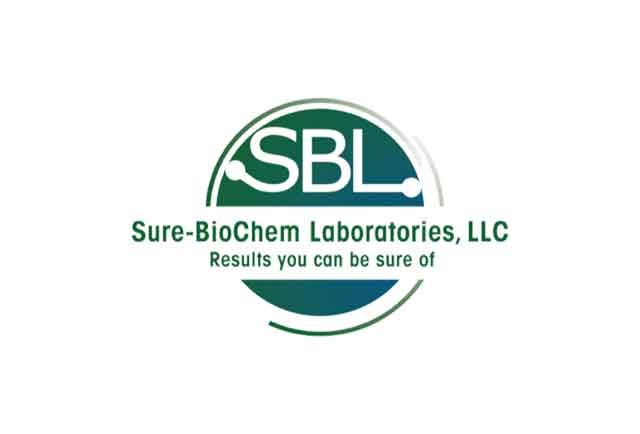
Need Our Help? Fill Out a Service Request Today!
We're here to assist you with all your needs. Please complete our service request form to ensure we provide the best possible service.
It's quick and easy—tell us a little about your request, and our team will reply promptly. We look forward to serving you!
Blog Contact Page
